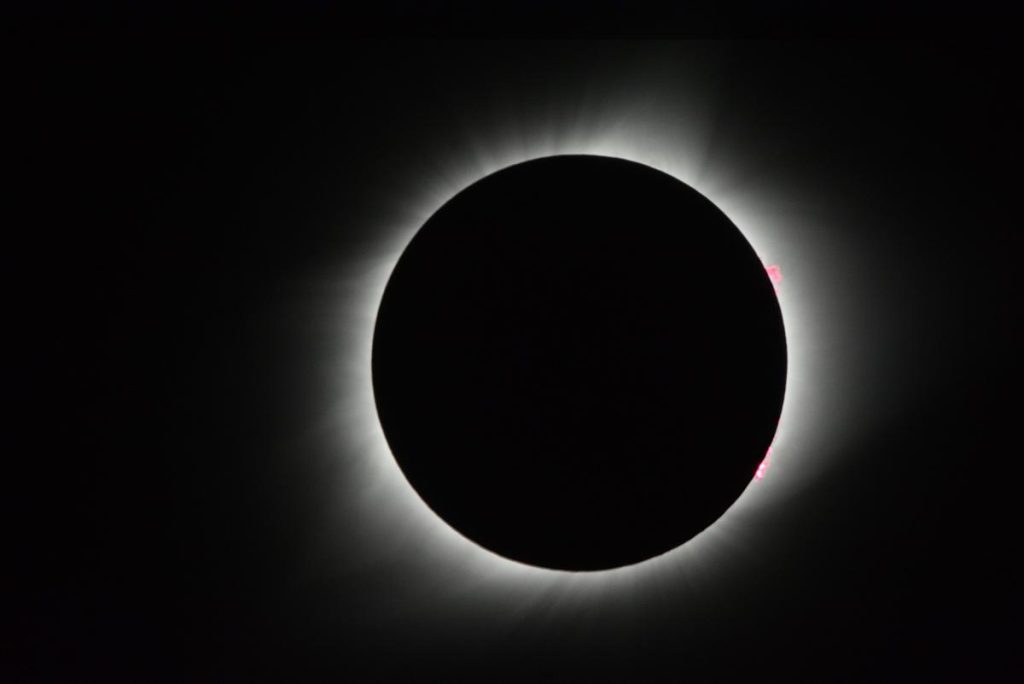
On Thursday, a rare solar eclipse plunged parts of Australia’s northwest coast into brief midday darkness, and temporarily cooled the tropical heat. The event, which delighted sky watchers and attracted over 20,000 eclipse chasers to the remote tourist town of Exmouth, was visible across Indonesia and East Timor as well. The town was promoted as one of the best vantage points in Australia to see the eclipse, with international visitors camping in tents and trailers on a red, dusty plain on the edge of town, equipped with cameras and other viewing equipment pointed skyward.
NASA astronomer Henry Throop was among the crowd at Exmouth cheering loudly in the darkness, expressing his excitement at seeing the corona around the sun. «It’s only a minute long, but it really felt like a long time. There’s nothing else you can see which looks like that. It was just awesome. Spectacular. And then you could see Jupiter and Mercury, and to be able to see those at the same time during the day — even seeing Mercury at all is pretty rare. So that was just awesome.»
Such celestial events occur about once every decade and happen when Earth is in the «sweet spot» so that the moon and the sun are almost the exact same size in the sky, according to NASA solar expert Michael Kirk. They occur in two different types, total and annular. Total eclipses occur when the moon is a little closer and blocks out the sun, while annular eclipses occur when the moon is a little farther away and let some of the sun’s light peek out.
The last eclipse was in 2013, and the next one won’t be until 2031. However, several other upcoming solar eclipses will be easier to catch. An annular eclipse in mid-October and a total eclipse in April 2024 will both cross over millions of people in the Americas.
The event left first-time viewers emotional, with one eclipse chaser saying that the phenomenon left her skin tingling. Detroit resident Shane Varrti, who has seen four previous eclipses, said, «It’s very exciting. All this effort has come to fruition.»
In Indonesia’s capital, Jakarta, hundreds came to the Jakarta Planetarium to see the partial eclipse that was obscured by clouds, using telescopes with hundreds of other visitors. In East Timor, people gathered around the beach in Lautem municipality, waiting to witness the rare solar eclipse through their eclipse glasses. People cheered as the sun and moon reached maximum eclipse, with Martinho Fatima, a civil protection authority officer, calling it «a very new natural phenomenon for Timor Leste. It is very important for us to be able to watch and experience it firsthand.»
Overall, the event was a rare and awe-inspiring sight for those lucky enough to witness it, and one that will be remembered for years to come.